Vinit Bhogila Barot
Today, Eco Aware Art Gallery introduces Gujarat-based artist Vinit Bhogila Barot. He earned a Diploma in Sculpture from Ahmadabad's Seth C.N. College of Fine Arts. M.S. University, Faculty of Fine Arts, Pdva sculpture Why is he being introduced by an environmentally conscious art gallery? because he is an excellent example of the sort of work that our gallery wishes to promote and present. Today's artists are all working with new materials, which results in a lot of garbage. Whether it's a new canvas, a brush, or plastic colours for sculpting, there's something for everyone. This is bad for the environment, and it's bad for the artist's health, too, because certain techniques require a lot of chemicals. Artists like Vineet, on the other hand, create magnificent sculptures out of trash, found, and repurposed materials. Which distinguishes his work not just as beautiful but also as distinct from that of other artists. This demonstrates Vineet's environmental stewardship, as well as the importance of vision and creativity in the creation of artwork. The artist's vision has the power to transform the entire world. With their work, artists have always started a new revolution. You may create magnificent artwork even from trash if you have the skill to do so. Since more than five years, vineet has been making sculptures out of garbage. In social situations, the raw character of individuals and their concealed sentiments constantly drew Him in. He attempted to keep his approach to his artworks as raw manufactured things that cared about sentiments and life.
Metal things were always a mirror of the people around him who were drawn to them. Regular readings and an interest in Indian aesthetics and beauty are plainly seen in his artworks as a significant feature.
He stated, "Raw metal scrap appears to be dead, but I still find some life in it," so he picked them up and used them as a material to create aliveness in form in an object. His life experience, feelings, observations, and fantasies all came together to observe an already existing alive form in that scrap.
His creative method begins with the choosing of a primary shape that encases the living things inside it. Selections of supporting forms are fixed, according to it. During the construction of the final output, there is a significant deal of acceptance and rejection. Later on, several advancements and modifications occurred in my creative process, providing me with different approaches to my issues. The final outputs as artworks convey sensations of aliveness in the dead industrial trash material, which excites the viewer to some level.
Before
After
My latest art practise is concerned with shapes that have been produced from commonplace materials found in my environment, and I can see a new life blooming through these objects as my practise progresses. I'm following my instincts and visualising items with new shapes that are overlapping with the sentiments and behaviours of others around me. I attempted to capture that perspective in my work through numerous drawings and sculptures. He is helping to safeguard the environment by using scrap as a medium for his creative expression. We admire his dedication to his craft and the environment. The eco-conscious art museum gladly presents him with the title of "ECO WARRIOR."
Before
After
He stated Through the Oman Scrap Camp, I got the opportunity to explore my artistic process on a huge scale and in a new setting throughout my Bachelors degree. Camel was developed as an emblem of the fortified Dqum city, which had stood strong amid the deserts of Oman. Its disproportionate bulk provides the impression of its unnaturalness and hardness.
Before
After
We are more likely to create art when we are truly inspired by something. Inspiration can come from a variety of sources, including travel, our society where we live, and the people we encounter on a daily basis. An artist can draw inspiration from any of these situations, and there is no limit to what can attract or inspire him from this beautiful world.
Before
After
My art is heavily impacted by the realities of my culture. I mostly get interest by witnessing the split personalities of others around me, and it's a difficult effort for me to translate my thoughts into three dimensions using metal scrap, which is my most practical medium. I also attempt to notice the shape that is already existing in the scrap metal that I see, and then I seek to identify other forms in the material that I can juxtaposition together to create a new form with a more dynamic quality. With this technique, I also attempt to explore in as many ways as possible in the same medium, and I strive to execute them with a variety of notions and mental processes.
My chosen medium (metal scrap) has a significant connection to my own life and experiences, as well as my firm grasp on it.
My current work technique is to create the natural shape found in the material I'm working with. To turn my ideas into a concrete final product, I first create a Maquette, after which I construct the final sculpture and offer it to the audience.
Before
After
Observation Process Observation is a method.... I'll refer to it as a process since observation, especially for an artist, has a significant impact on the work. The way I used to perceive and understand things five years ago was completely different from how I see and analyse things now. And as a result of this, my working style has changed dramatically, and I can claim that this is attributable to my observations. My work at first appeared realistic, and anyone could easily mistake what I was doing for a sculpture, and I used to look at the material and examine it in order to create a form out of it. After a few years of work, I was able to sense the essence of change in my observation of the stuff I was looking at. I noticed a figure growing spontaneously in those discarded materials and began moulding my vision, which resulted in a new form and an intriguing character that can now be seen in my work of art.
To put what I've imagined in the form of sculpture, I first prepare a Maquette, which mostly serves as my sketch for the sculpture and is the best way where I can execute my idea, and then I enlarge the sculpture using scrap material, and this is the process I work with.

Before
After
What I see and visualise may not be the same as what others see and perceive, and my thought, imagination, and relativity to my work may differ from what others see and perceive it. This is where I'm trying to bring the form to a close by giving it a new life, allowing the viewer a new visual perception.
"Belief is eternal," a phrase that has no end. Every person on our world is surrounded by many beliefs in various settings. When it comes to human existence, believe is once again a matter of choice, whether or not to embrace the concept of belief as a part of life. However, I believe that believing in a certain issue is a part of human nature.
Before
After
When do we begin to believe in something? Well, when we have a clear understanding or information about something that matters to us, or even our life experiences, or when we are really enthusiastic about and love something, we eventually come to believe in it. But we mostly believe in religious components, such as the "existence of god."
Before
Whether one is a theist or an atheist, the notion of believing remains the same in both circumstances when viewed through one's own eyes! For example, one may claim that he or she does not believe in god, but the point is that he believes in the basic notion underlying god's nonexistence, and so is a believer in his own ideology, whilst another may claim that he does believe in god.
The vast majority of Indians, especially those in the middle class, believe in the job we perform; the so-called mentality of "work is worship"...and we do follow the underlying truth. They begin their work by praying, and it was at this moment that I was simply astonished and moved my attention toward creating a new set of paintings. Also, using this, I'm attempting to create various sorts of tools that have a dynamic form and appear spectacular in my vision. And it stands out from the crowd because of its look.
Dealing with garbage is such an intensive process for a sculptor that it allows them to study not just the material but also the relationship between the weather and the material in great detail. It's crucial to pay attention to how a material reacts to changes in weather. Scrapbooking is a practical way for me to connect my job and my thoughts. Every time I look at the material, I learn something new, and I can't stop myself from wanting to work with it and appreciate each new process. One amazing incident that I witnessed was brand new to me, allowing me to have a better understanding of the content. I began working with metal sheet and found it fascinating to study the tactile feel of a surface.
The impression left on the metal plate's surface appears to be numerous forms and images, such as the contour of a map forming several nations, and this piqued my interest in the response that occurs naturally with the material and weather. And it was at this time that I decided to try experimenting with acid on the metal sheet, because the texture it produces intrigues me and gives me additional ideas for future projects.
I was inspired to create a bunch of cocks by a person's ambiguous personality; I sometimes associate these cocks with my family and friends constantly being together. However, the major source of inspiration for my work came from the individuals in my immediate vicinity, people with their dual personalities and truths about themselves.
We normally attempt to hide our bad minds in front of others and instead pretend, but I believe that no matter how hard we try to hide, the reality of our nature just breaks out regardless of how hard we try to hide it. It's not that dual nature shouldn't exist, but it's clear that it's human nature to dual at times, and no one can prevent it. After witnessing my peer group's behaviour, I began to wonder if we were truly part of the same community. Is there anyone among us who comes from a happy family? Is it true that what I'm witnessing is people pretending to be decent in front while being nasty in the back??? With this difficulty in mind, I developed a bunch of chickens with various actions and body language that metaphorically symbolise human behaviour.
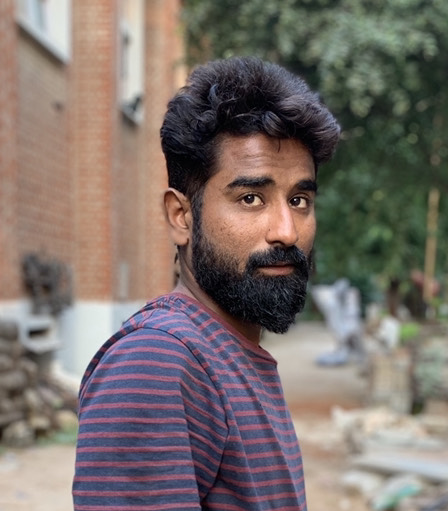











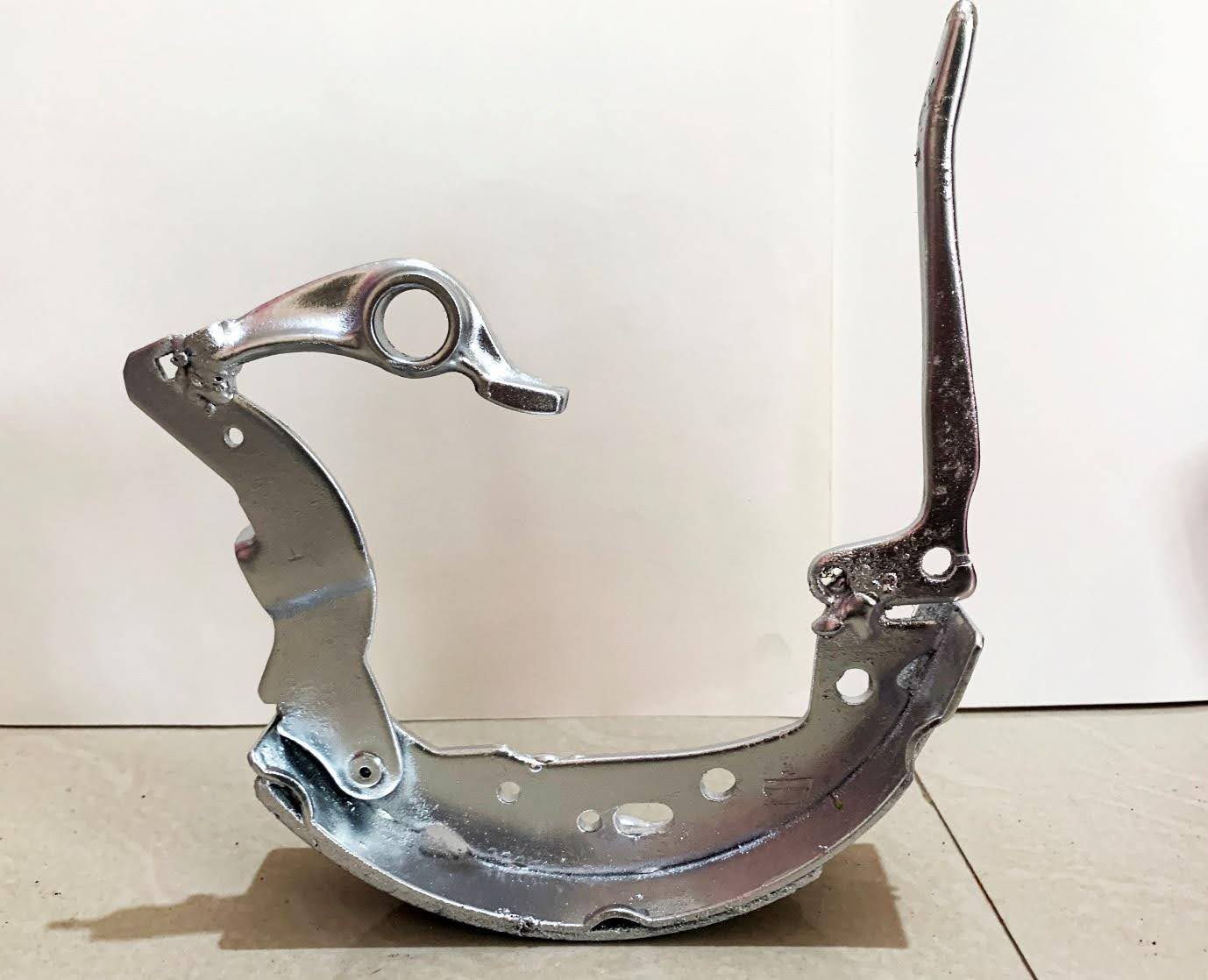

















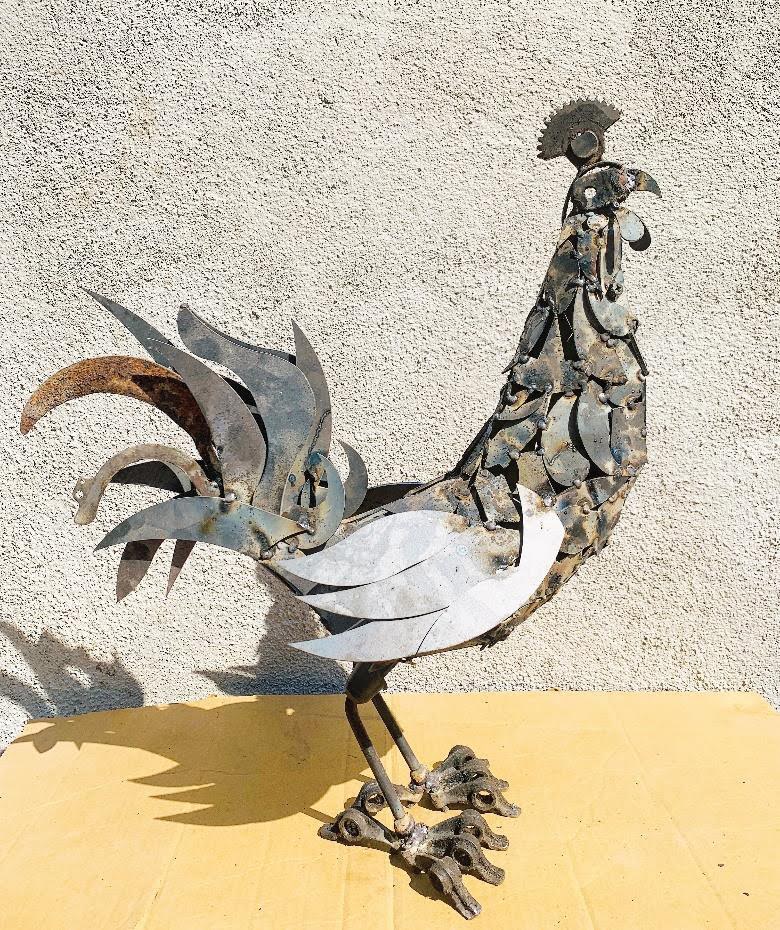

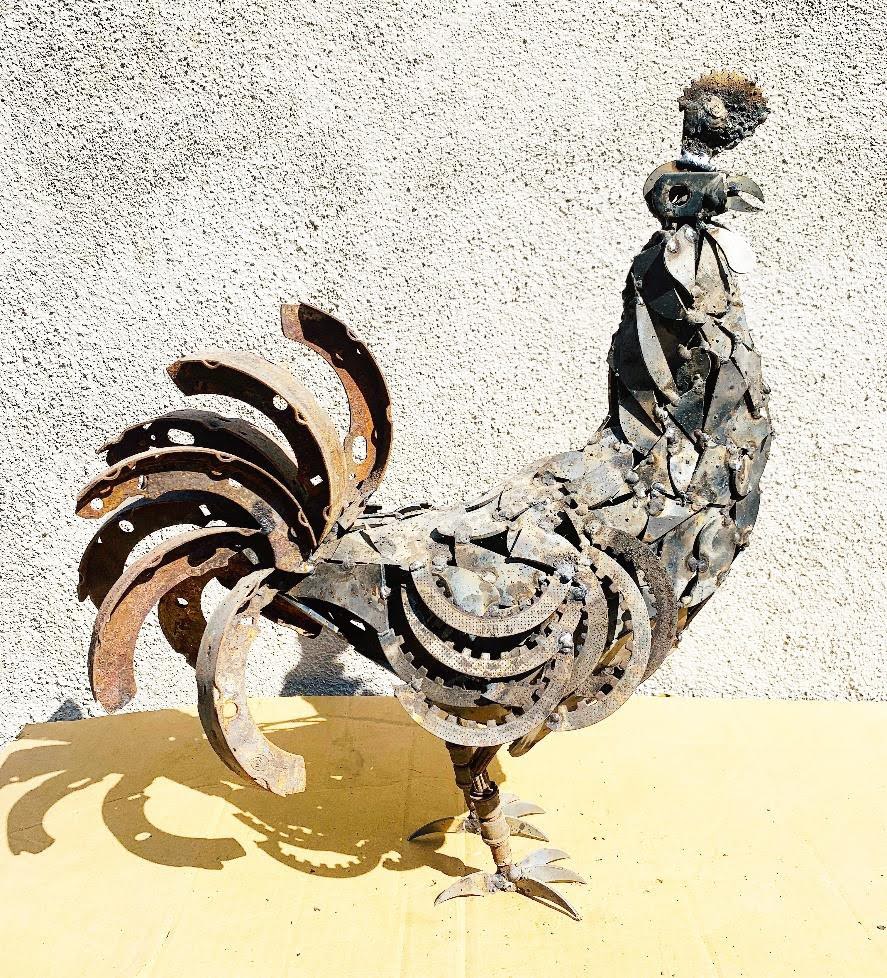




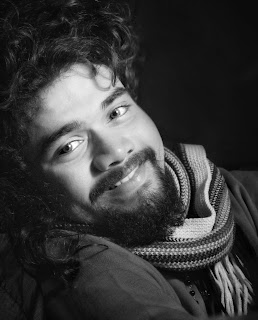


Comments
Post a Comment
Any doubts and suggestions please let us know.